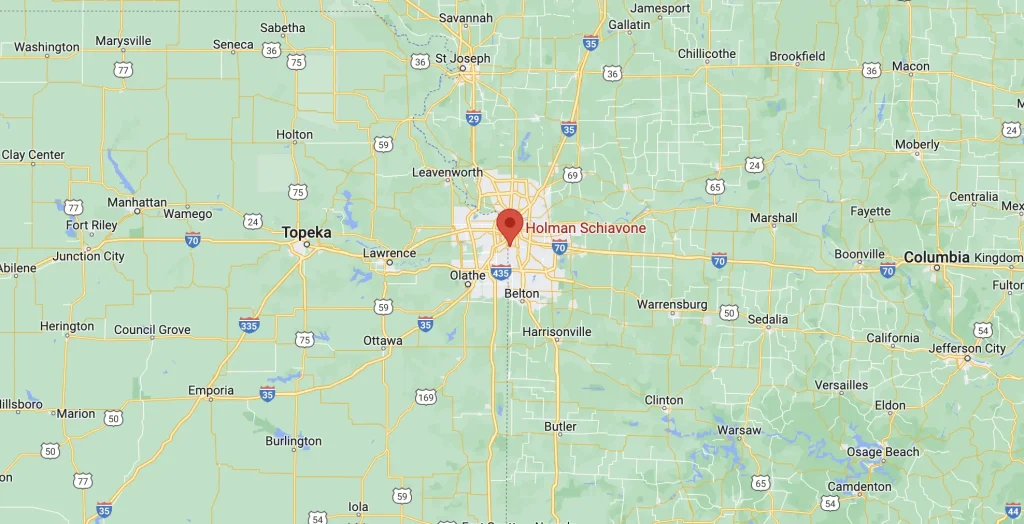From GPS and DVD players to blue-tooth technology and Mp3 players, most of these technologies come standard in new vehicles. But are they providing additional convenience in our life or are they just distractions exposing us to more danger on the road?
According to the National Highway Traffic Safety Administration (NHTSA), 20 percent of car accidents in 2009 involved distracted driving. Not surprisingly, cell phones were reported as one of the greatest dangers, contributing to a staggering 18 percent of distracted driving fatalities.
Types of Distraction
The U.S. Department of Transportation highlights three main types of distraction that remove a driver’s attention from the road:
- Visual – occurs when a driver’s eyes are taken off the road
- Manual – occurs when a driver’s hands are removed from the steering wheel
- Cognitive – occurs when a driver’s mind and concentration is taken off the task of driving
Falling within the three types of driving distraction come the activities that are often (or not-so-often) considered to be distractions. While sending, receiving or reading text messages receives the bulk of the press (for good reason), distraction can come in almost any form, include:
- Talking on a cell phone
- Talking with passengers
- Eating or drinking
- Using a GPS
- Reading a map
- Daydreaming
After being involved in an accident with an inattentive or distracted driver, speak with an experienced personal injury attorney. An attorney can help you seek compensation for your injuries, pain and suffering, medical bills, repair costs, and lost wages. There may be several parties that need to be held accountable such as the driver or insurance company. Let an attorney handle the complexities of recovering compensation so you can concentrate on healing.


